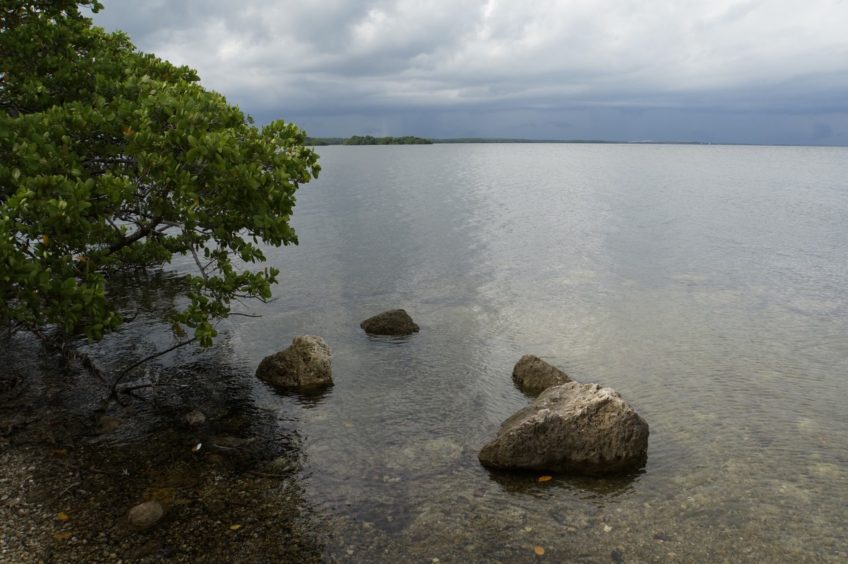Just east of the Everglades (and just beneath the surface of the water) lies Biscayne National Park. Established in 1980, this relatively young park is home to an entirely different kind of biodiversity than its relative to the west. Just south of Miami along the Atlantic coast, Biscayne protects part of the Florida Reef system and Florida’s northernmost key.
Sadly, we did not get to explore as much of Biscayne as I would have liked. For years, the park contracted its water-based activities with a local outfitter. This means that paddleboard, kayak, and canoe rentals all went through one outfitter, along with chartered boat trips, snorkeling expeditions, and scuba diving. Within the past year, that outfitter backed out of the contract and closed up shop, leaving Biscayne without any licensed organization to run their aquatic programs. For Biscayne, a park where 99% of the protected area is either under water or only accessible over water, this feels like a pretty glaring problem. A new contract has been drawn up with a new outfitter and has even made it through the Congressional network required for federal approval, but the arrangement does not go into action until next year, leaving Cami and me high and dry.

Biscayne’s visitor center and video are not quite as well developed as the Everglades’, but the history is no less fascinating. Elliot Key, formerly known as Islandia, was proposed as an extension of the Miami’s beach scene. It would serve as a more isolated, but just as developed escape for the wealthy. This plan, however, was not met with universal approval. A grass roots movement of locals immediately petitioned for National Park status to prevent any further development on the key. In retaliation, the landowners of Islandia built a six-lane highway to make the key undesirable to anyone hoping it would be “wild” one day. Nicknamed “Spite Highway”, the clear-cut and developed swath of land is now the park’s main hiking trail. Clearly it did not deter the environmentalists as its builders had hoped it would.


Now, the park is home to mangrove swamps, coral reefs, manatees, brackish waters, and a menagerie of birds. Hundreds of species seek refuge in its protected waters, species whose survival is essential for the preservation of a healthy ocean and shore ecosystem. The park, however, is best seen underwater, which means I will no doubt have to return to southern Florida someday soon!
After finishing up in the park, we headed north… into a brilliant sunset!





One Response
harold ochstein
We are sorry you missed sailing with us in Biscayne National Park, your visit to the park was just two months early. For your readers that are planning on future visits you can join us at http://biscaynenationalparksailing.com. By the way, great article and rules to live by in the NY Times!